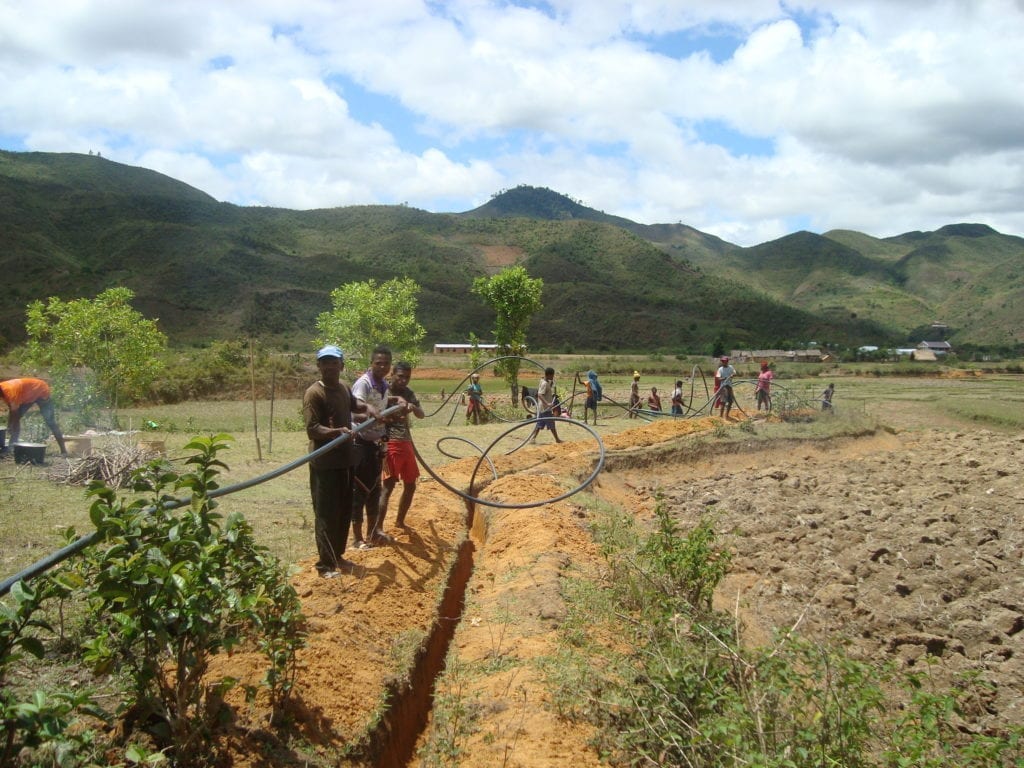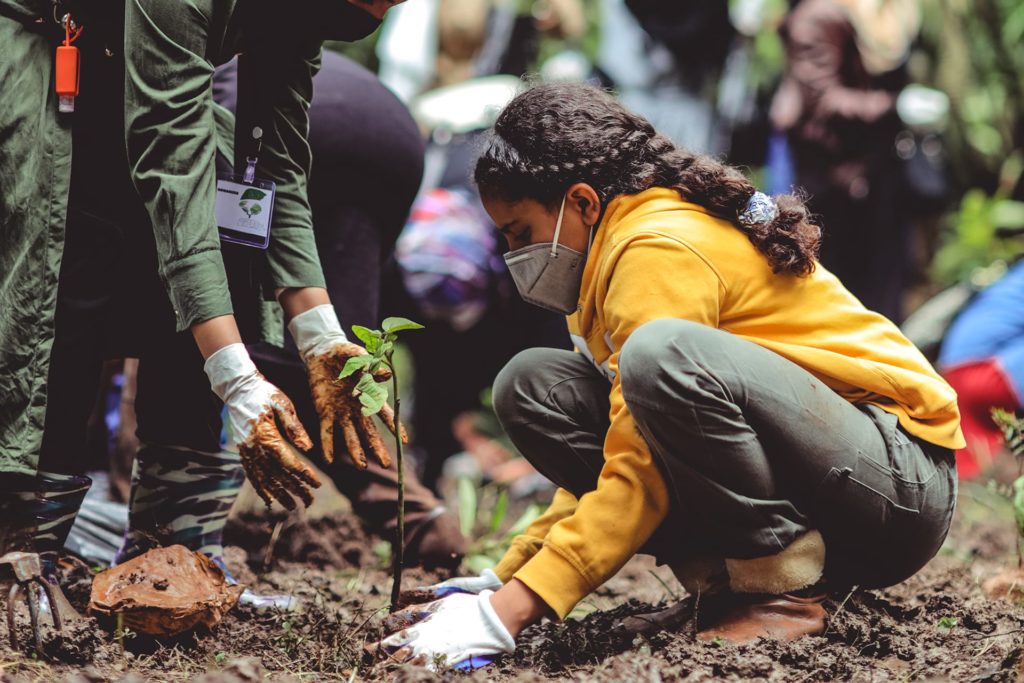Putting Feel-Good Tree Planting Into Perspective
Tree planting has been heralded as the accessible and affordable solution to tackling climate change, but as with everything climate-related, the solution is not so simple. To take full advantage of the opportunity tree planting offers to climate change mitigation efforts, it is critical that we consider how it fits into the broader context of forest landscape restoration (FLR).
Behind the tree planting smokescreen
“Tree planting ‘has mind-blowing potential’ to tackle climate change”, read the headline of an article published in The Guardian in 2019. Wouldn’t it be nice to think that such an easy and cheap solution to fix a problem as complex as climate change existed? Over the past few years, we have seen a growing number of illusory stories, some of which are based on no more than back-of-a-cocktail-napkin calculations, about how trees and forests can get us off the hook for the climate crisis caused by our greenhouse gas emissions, deforestation, and climate-unfriendly land use (and abuse) practices.

I have nothing against planting trees – far from it, I am a forest scientist! – but such wishful thinking deflects attention away from some inconvenient truths: specifically, that our planet continues to lose forests at an alarming rate of 10 million hectares per year between 2015 and 2020 (FAO and UNEP, 2020); that the ongoing degradation of forests, other terrestrial ecosystems and agricultural lands is jeopardizing our collective life support system, its biodiversity, the productive capacity of soils, and the livelihoods of billions of people worldwide; and that the problem is primarily human-made.
To be more than a feel-good story, tree planting must be viewed as an integral part of broad forest landscape restoration and land management systems.
Why are our forests dying?
When we ask ourselves why an increasing proportion of formerly healthy and productive forests and agricultural landscapes are on a downward slide, we can identify a set of direct and indirect drivers that vary with location. The more direct ones include the conversion of forests for production of agricultural crops, livestock, and non-food commodities; poor agricultural practices that degrade soil health and biodiversity; increasing pressure of human and livestock populations on rural lands; and illegal and unsustainable logging. Lurking behind these are rising demands for agricultural and forest products by urban populations and global consumers, as well as uncontrolled investments in environmentally and socially unsustainable “development” in agriculture, forestry, mining, transportation, and other sectors. And, lest we forget, there are the detrimental effects of climate change itself on agricultural productivity, and an increased frequency and intensity of uncontrolled wildfires and outbreaks of forest pests and diseases.
Not a panacea, but a vital part of the solution
Fortunately, however, there is hope that this dire story may yet have a happy ending. There are ways to recover large parts of damaged landscapes, provided we manage our natural environment in ways that are non-degrading, and provided we are serious about getting both direct and indirect drivers of deforestation and degradation under control. This will require fundamental changes in the ways societies worldwide manage and consume forests and other natural resources, and a reduction of global fossil CO2 emissions to zero.
One of the best ways to turn this into a success story is through forest landscape restoration (FLR). This approach aims at regaining and improving vital ecological functions while at the same time enhancing human wellbeing. In the long run, this will lead to more resilient and sustainable landscapes for the benefit of people and nature.
This is where the tree planting comes in. To be more than a feel-good story, it must be viewed as an integral part of broad forest landscape restoration and land management systems in which trees are raised and protected so that they can fulfil their intended purposes (e.g., timber or food production, soil stabilization, natural and human habitat improvement, etc.) and in the process sequester carbon, thereby contributing to tackling climate change.

More than just tree planting
We need a clear understanding of the historical and current ecological, social, economic, cultural, and governance contexts of lands being assigned for restoration, including tree planting. This can and is being done through thoughtful, well- planned, and targeted forest landscape restoration programs in many parts of the world, based on the best available science and, crucially, the involvement of all relevant stakeholders, especially those living on such lands.
It is not going to be easy to get this story right. It requires acknowledgement of the political, economic, and social forces that have contributed to deforestation and forest degradation in the first place. And it requires stable, coherent, and long-term policy and legal support to halt and reverse these forces, plus a firm commitment to build more sustainable land use systems that will provide economic and social benefits to people in rural areas, and ecological benefits for us all.